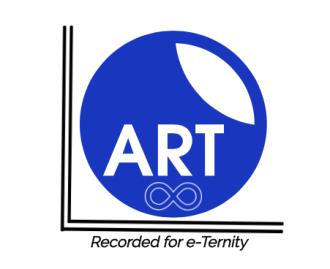
The ART project makes part of the international museum world and other cultural / religious institutions accessible to a Europe-wide target group: students aged 8 to 16 years.
It is evident that no, or hardly any travel is now possible due to the COVID-19 virus, this has an effect on the mobility of everyone, including students and teachers. More so, students do not always have the opportunity (time), interest (mind-set) and resources (money) to physically visit multiple locations in a short time.
The ART VR method opens up the (museum) “world” to them. In the ART project, we teach students the ability to think critically and to form an opinion. Things that, in addition to all other subjects, are essential to impart in primary and secondary education and that are currently done too little or in too little innovative way (An internationalization chain from primary education to world citizen and the professional field (2015), Coelen , R.).
How can you better educate students in primary and secondary education about the changing world in which we live, than through an innovative, modern and appealing way?
The ART project connects Virtual Reality (VR) methodology to global citizenship and art education. VR makes it possible to simulate a 3D world that completely surrounds us. This makes it seem as if we are "really" in a different place while we do not have to leave the house.
Through various recordings of museums, (temporary) exhibitions, historical and / or cultural buildings (of a religious nature), the students not only get a beautiful picture of different museums, all kinds of art and history but they are also offered various assignments and explanations and they are taught about their own active contribution to global citizenship in 2021.
They receive the deepening that is needed in our intercultural society, including the appropriate knowledge and skills. VR + global citizenship; A wonderful combination that brings the world from afar, close by. This creates a better understanding of the world around them, how people interact with each other, how they can solve problems and how they give meaning to their existence. That orientation DOES NOT stop here at national borders. Creating knowledge, but also creating tolerance, is a very important goal. T
The start of the ART process also requires professional development for the teachers involved. Creating, integrating and embedding VR technology in education requires specific knowledge, including alignment with the specific context of the ART project, namely global citizenship. How should teachers integrate this into current education and how should they motivate colleagues and experts from the professional field to contribute? This will depend on various factors, such as the diversity of the students, their level, the relationship of the field with other disciplines and prior knowledge. In the project, a distinction can therefore be made in the type of participants. The students (8-16 years old) of the schools are involved as participants, who take the tests (O2) and test the materials within the pilots (O4).
And there are teachers and / or education experts who cooperate in the needs analysis (O1), participating in the tests (O2) and the realization of the platform (O3). They will also participate in C1 and thus be involved in the creation and deployment of the activities (pilots, part of O3).
“This project has been funded with support from the European Commission under the Erasmus+ Programme. This Publication [Communication] reflects the views only of the author, and the Commission cannot be held responsible for any use which may be made of the information contained therein.
Project Code: 2019-1-NL01-KA227-SCH-083006